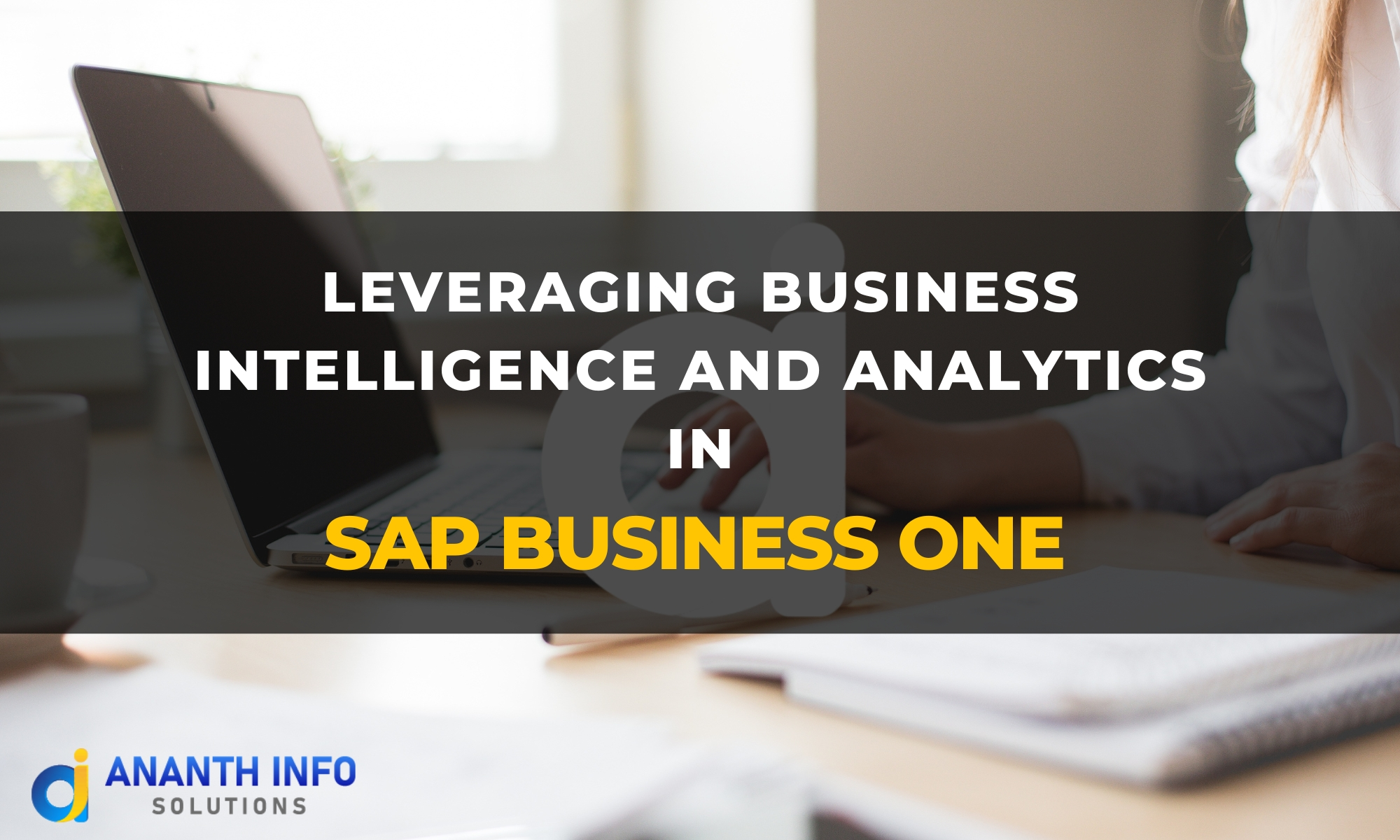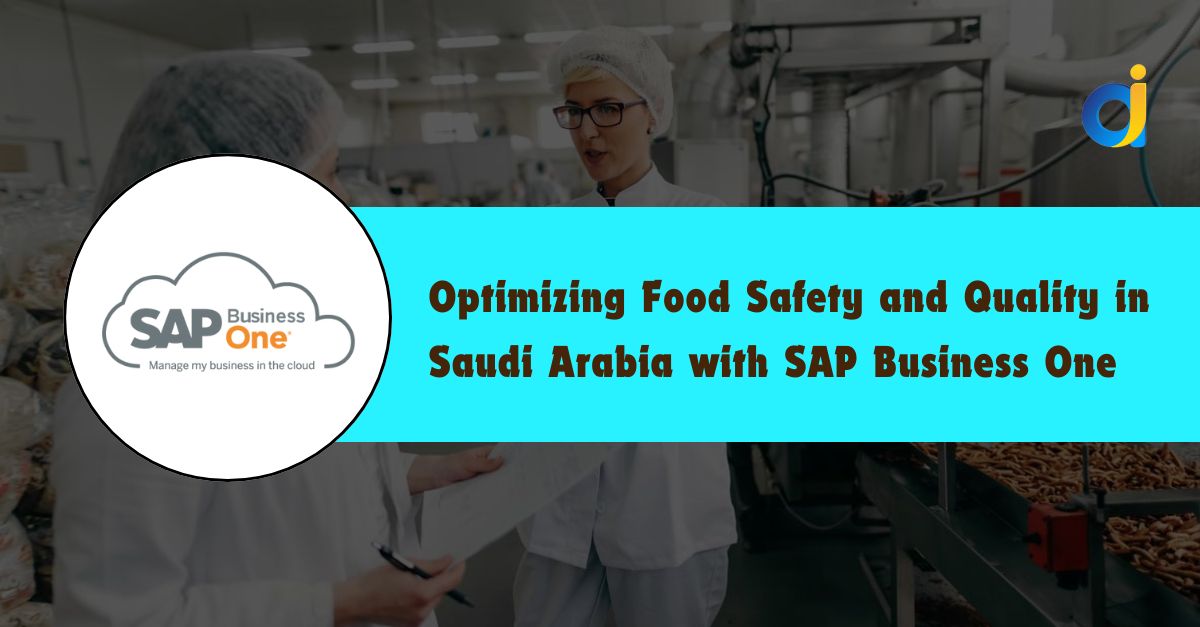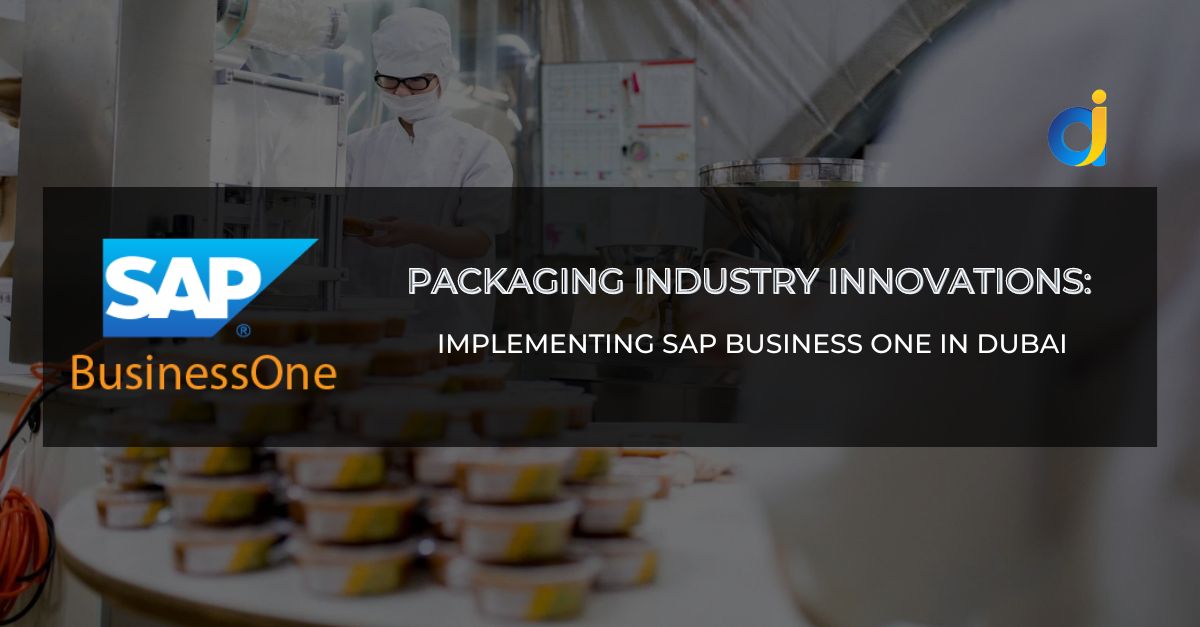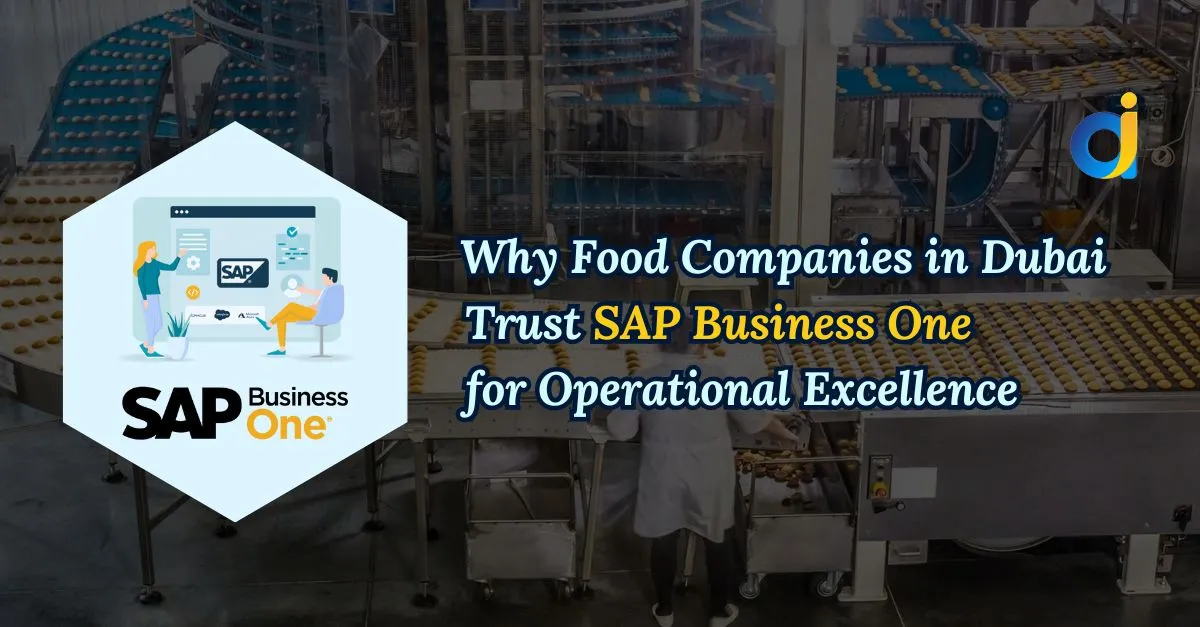Struggling to make quick, informed decisions from your data? You’re not alone. SAP Business One brings business intelligence (BI) and analytics into the mix. This article will show you how this can transform decision-making in your company.
Read on to find out more!
Key Takeaways
- SAP Business One uses business intelligence and analytics to help companies make quick, informed decisions by integrating tools such as SAP Crystal Reports for real-time data insights.
- The software’s user – friendly interface simplifies complex processes, making it easier for businesses to manage core activities like sales and inventory management effectively.
- Real – time data insights provided by SAP Business One enable firms to respond swiftly to market changes, identify trends early on, and seize growth opportunities without delay.
- Predictive analytics within SAP Business One use machine learning to forecast future trends, helping SMEs anticipate customer behavior and market shifts ahead of time.
- Cloud computing enhances the efficiency of using SAP Business One by allowing businesses access from anywhere at any time, ensuring flexibility and scalability in operations.
Understanding SAP Business One Business Intelligence
Moving from the introduction, we delve into how SAP Business One harnesses business intelligence to streamline operations. This software brings together core business activities like sales and inventory management under one roof.
It acts as a central repository for all sorts of company data, making it a powerhouse for generating insightful reports. These features help businesses analyse their operations in ways that were previously out of reach.
SAP Business One uses tools like SAP Crystal Reports to fetch data in real-time from various sources. It allows users to format these reports and set who can see them. Adding to its impressive capabilities are the intuitive dashboards and the ease with which it integrates ad-hoc analysis into tools such as MS Excel pivot tables. These aspects ensure that companies can make quick, informed decisions by accessing vital information precisely when they need it, leading to enhanced efficiency and cost savings.
The Advantages of Business Intelligence in SAP Business One
SAP Business One makes complex data easy to understand. This tool helps businesses make smart decisions fast, using clear insights from their own operations.
User-Friendly Interface
SAP Business One stands out for its user-friendly interface. It makes complex processes simple. Users find it easy to navigate through various business functions like supply chain management and customer service without feeling overwhelmed.
The integration with SAP Crystal Reports allows for easy data collection and report generation, offering customisable access control. This level of ease encourages users to explore deeper into the software’s capabilities, enhancing their productivity.
The intuitive design supports ad-hoc analysis directly into MS Excel pivot tables and includes built-in dashboards that are both customisable and ready to use right away. This approach not only simplifies data analysis but also empowers users to make informed, data-driven decisions quickly.
From my first-hand experience, transitioning from traditional methods of managing enterprise resource planning to use SAP Business One’s interface was seamless.
“Ease of use in technology is not just a luxury; it’s a necessity.”
The journey towards unlocking real-time insights becomes much smoother next.
Real-Time Data Insights
SAP Business One integrates with SAP Crystal Reports, giving businesses the power to collect data instantly and create custom reports. This feature means firms can see what’s happening in their operations at any moment, making it easier to respond quickly to changes.
With up-to-date information, decision-makers can identify trends, spot risks early, and find opportunities for growth without delay.
This seamless integration between SAP Business One and SAP S/4 HANA transforms raw data into valuable insights that improve the decision-making process. Managers don’t need to wait for weekly or monthly reports anymore; they have access to all the info they need anytime.
As companies move forward, this ability becomes crucial in staying ahead of competitors in a fast-paced market. The next section will explore how analytics play a pivotal role in enhancing these capabilities further.
The Role of Analytics in SAP Business One
Analytics play a crucial role in SAP Business One by turning numbers into actionable insights. They allow companies to make smarter decisions based on data from their operations and the market.
Interactive Analysis and Dashboards
SAP Business One brings powerful tools to your fingertips, with interactive analysis and dashboards that illuminate business performance. Users can quickly access real-time reports, making complex data easy to understand.
This clarity supports faster decision-making and sharpens focus on critical aspects of the business.
Interactive dashboards in SAP Business One turn data into actionable insights.
In our experience, integrating these tools has transformed how companies approach their data analytics and business intelligence strategies. Customisable dashboards allow for a tailored view of key performance metrics, enhancing user engagement and driving better results across all areas of operation.
Through engaging visualisations and predictive modelling, businesses gain a competitive edge by anticipating market trends and customer needs more effectively.
Predictive Analytics
Predictive analytics in SAP Business One uses machine learning and big data to forecast future trends. This tool turns data from the past and present into reliable predictions. With it, small and medium-sized enterprises (SMEs) can foresee customer behaviour and market changes.
It feels like having a crystal ball that shows what products will be in demand or which services might not catch attention in the upcoming months.
At my company, we implemented predictive analytics to streamline our inventory management. The system analyses patterns within vast amounts of data to optimise stock levels, avoiding both shortages and excesses.
It also flags potential risks, allowing us to mitigate them before they impact our operations significantly. This foresight has been crucial for planning finances and formulating strategies that keep us ahead in a competitive market environment.
The Role of Cloud Computing in Enhancing SAP Business One
Cloud computing has transformed the way businesses can use SAP Business One. This technology allows companies to store, manage, and process big information on internet-based servers.
It makes operations more flexible and scalable. Firms no longer need large physical data centers or complex software setups on each computer. Cloud platforms enable SAP Business One users to access important business processes from anywhere at any time.
This mobility boosts efficiency and supports workers who travel or work remotely.
Incorporating cloud services into SAP Business One accelerates decision-making because it provides real-time insights into business metrics. Companies benefit from faster data analysis without needing advanced hardware or technical teams to manage vast amounts of information in-house.
They rely on cloud providers for robust security measures, backups, and updates that keep their enterprise resource planning systems running smoothly without interruption. With tools like artificial intelligence and machine learning algorithms available through the cloud, businesses can predict trends, make smarter recommendations for customer engagement, and automate routine tasks for better productivity.
Conclusion
Harnessing business intelligence and analytics in SAP Business One empowers SMEs with the tools to make smarter decisions quickly. Using platforms like Power BI, Tableau, and Zoho Analytics alongside SAP Crystal Reports turns data into direct action.
This approach boosts efficiency and sharpens competitive edges by providing deep insights into operations. With such powerful capabilities at their disposal, businesses can achieve greater success and foster customer loyalty through targeted strategies that meet evolving market demands.
Embrace these technologies to transform raw data into a strategic asset for growth.
Discover how cloud computing further enhances the capabilities of SAP Business One by visiting our detailed exploration.
FAQ’s
1. What is Business Intelligence in SAP Business One?
Business Intelligence in SAP Business One involves using tools like data warehousing and analytics to analyse data, helping businesses make informed decisions.
2. How can analytics improve decision-making in my business?
Analytics improves decision-making by providing insights through data visualisation and forecasts, allowing you to understand customer loyalty and target marketing more effectively.
3. Can SAP Business One handle big data for better insights?
Yes, with features like Sybase IQ and SAP HANA for in-memory computing, it efficiently manages big data, offering scalability and real-time analysis for better business intelligence.
4. Is automating reports possible with SAP Business One?
Absolutely! Automating reports is streamlined with intelligent automation capabilities, enabling you to generate timely insights without manual intervention on Excel spreadsheets or other platforms.
5. How does ERP integration benefit my overall strategy management?
ERP (Enterprise Resource Planning) integration centralises your operations from master data management to strategy management, enhancing sustainability and giving you a competitive edge.
6. Do I need a team of data analysts to leverage analytics in SAP Business One?
While having data analysts can be beneficial, self-service options powered by IBM Cognos within the system allow non-experts to easily create reports and analyse critical information themselves.





